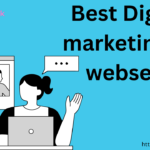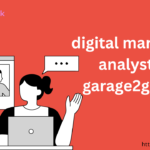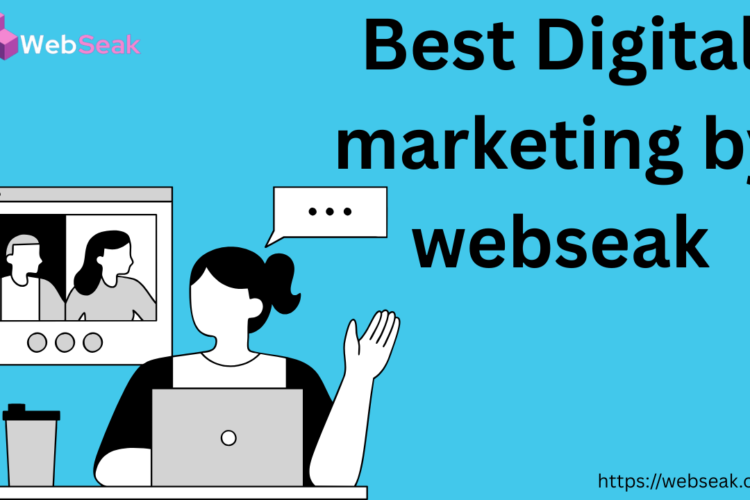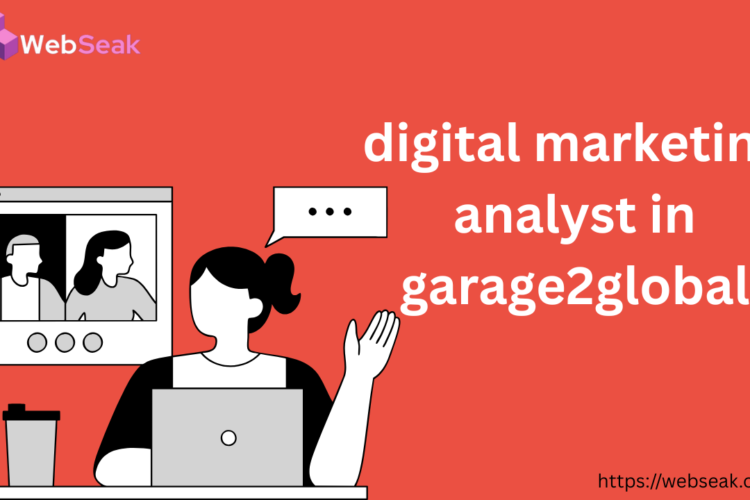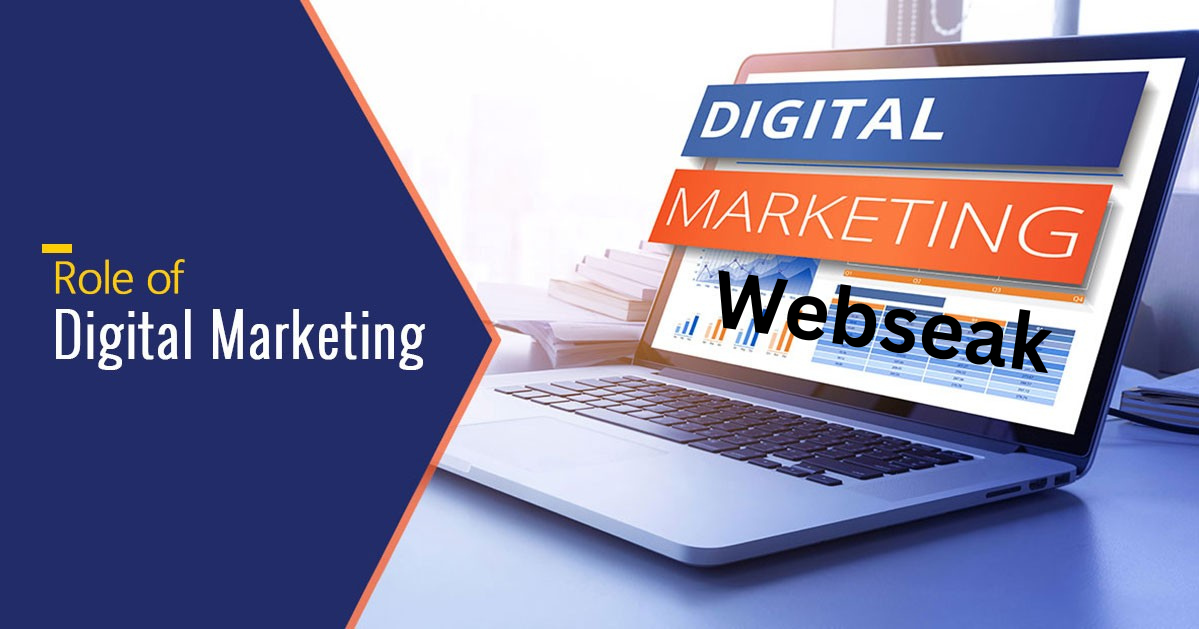
In the modern business world where consumers are increasingly connected to the internet, traditional marketing methods no longer suffice. Businesses today need to meet customers where they spend most of their time — online. This shift has given rise to a powerful business strategy known as digital marketing.
But what is digital marketing exactly, and why is it essential for businesses to adopt it? In this comprehensive guide, we will break down the concept, its major channels, benefits, and why it is crucial for both small startups and large corporations.
Table of Contents
What Is Digital Marketing
Digital marketing refers to all marketing efforts that use the internet or electronic devices. Businesses leverage digital channels such as search engines, social media, email, and websites to connect with current and prospective customers. The primary goal is to increase visibility, engage audiences, and convert them into loyal customers.
Unlike traditional marketing, digital marketing offers real-time data tracking, high targeting precision, and scalable strategies, making it more effective and budget-friendly for many organizations.
The Evolution of Digital Marketing
Digital marketing has evolved significantly over the past two decades. In the early 2000s, businesses began creating basic websites and running banner ads. Today, digital marketing encompasses a variety of formats and platforms, from search engine optimization to artificial intelligence-driven advertising.
This evolution is driven by consumer behavior changes, technological advancements, and increased access to high-speed internet and smart devices. Modern digital marketing is highly personalized, measurable, and dynamic.
Key Components of Digital Marketing
Digital marketing is not a single discipline. It includes several key components, each serving different purposes in the overall strategy.
1 Search Engine Optimization SEO
SEO focuses on improving your website’s visibility on search engines like Google. By optimizing website structure, content, and backlinks, businesses can rank higher in search engine results pages, attracting organic traffic.
2 Content Marketing
This involves creating and distributing valuable and relevant content to attract and retain a defined audience. Content marketing includes blog posts, videos, infographics, whitepapers, and more.
3 Social Media Marketing
Social media platforms like Facebook, Instagram, Twitter, and LinkedIn are powerful tools for brand awareness and audience engagement. Businesses use these platforms to share content, interact with followers, and run paid ads.
4 Pay Per Click PPC Advertising
PPC refers to paid advertising where businesses pay a fee each time someone clicks on their ad. Google Ads is one of the most common platforms for PPC. These campaigns are measurable and targeted, making them highly effective.
5 Email Marketing
Email marketing helps businesses nurture leads and maintain communication with existing customers. Personalized email campaigns can promote products, share news, or build customer loyalty.
6 Affiliate Marketing
In this model, businesses partner with third-party affiliates who promote their products or services in exchange for a commission on sales.
7 Influencer Marketing
Influencer marketing involves collaborating with individuals who have a strong online following. Influencers help promote products or services to their audience, increasing brand trust and visibility.
8 Mobile Marketing
With the majority of users accessing the internet via smartphones, mobile marketing includes strategies like app-based marketing, SMS marketing, and mobile-optimized websites.
Benefits of Digital Marketing
1 Cost Effectiveness
Digital marketing is more affordable compared to traditional methods such as television or print advertising. It provides a better return on investment, especially for small and medium businesses.
2 Real Time Results
Unlike offline campaigns that take time to analyze, digital marketing provides real time data. Businesses can instantly track how their campaigns are performing and make necessary adjustments.
3 Global Reach
Digital marketing breaks geographical barriers. Even small businesses can reach international audiences with the right strategy.
4 Targeted Advertising
Digital platforms allow businesses to target specific demographics, interests, and behaviors. This ensures that marketing efforts are focused and effective.
5 Increased Engagement
With social media and interactive content, businesses can engage with their audience in real time. This two way communication helps build trust and stronger relationships.
6 Higher Conversion Rates
With well targeted campaigns and optimized landing pages, businesses can significantly increase the chances of converting visitors into customers.
Digital Marketing vs Traditional Marketing
Digital marketing offers distinct advantages over traditional marketing methods
- Measurability Digital campaigns offer detailed analytics and insights
- Personalization Messages can be tailored to individual user preferences
- Speed Campaigns can be launched and modified instantly
- Cost Digital channels often cost less and offer better returns
Traditional marketing still has value in specific scenarios such as local advertising or brand building, but digital marketing offers more control and reach.
How to Get Started With Digital Marketing
Starting digital marketing does not require a massive budget or a large team. Here are a few basic steps for getting started
Step 1 Define Your Goals
What do you want to achieve? This could be more website traffic, lead generation, sales, or brand awareness.
Step 2 Identify Your Audience
Understand who your customers are. Know their interests, online behaviors, and which platforms they use most.
Step 3 Build an Online Presence
Create a user-friendly and mobile-responsive website. Establish social media profiles and claim your Google Business listing.
Step 4 Start With SEO and Content
Invest in search engine optimization and begin publishing helpful content that addresses customer pain points.
Step 5 Run Paid Campaigns
Use platforms like Google Ads or Facebook Ads to run targeted paid campaigns. Start small and scale based on performance.
Step 6 Analyze and Optimize
Use tools like Google Analytics to track your performance. Continuously test and optimize your strategy to improve results.
The Future of Digital Marketing
The digital marketing landscape continues to evolve with emerging technologies and changing consumer behaviors. Key trends that will shape the future include
- Artificial Intelligence in ad targeting and customer service
- Voice Search Optimization for smart devices
- Interactive Content like polls and quizzes for engagement
- Sustainability Marketing focusing on ethical branding and eco-friendly values
Agencies and businesses that stay ahead of these trends will remain competitive and relevant.
Conclusion
Digital marketing has transformed the way businesses connect with their audiences. From increasing brand visibility to driving conversions and building long-term relationships, the power of digital marketing cannot be overstated. Understanding what digital marketing is and how to implement its key components can help any business — big or small — achieve meaningful growth in a highly competitive digital world.
Whether you choose to handle marketing in house or hire a digital marketing agency, investing in digital channels is not just an option anymore — it is a necessity.


